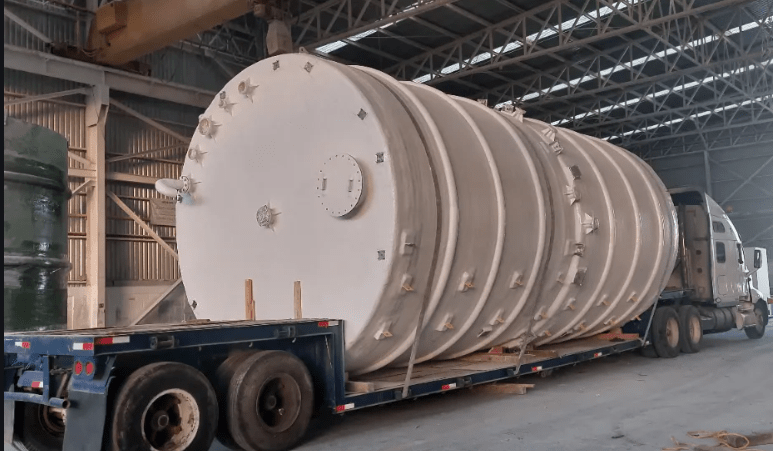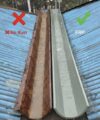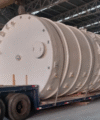
Why FRP is the Best Choice for Industrial Tanks
When it comes to selecting the ideal material for industrial tanks, FRP (Fiberglass Reinforced Plastic) consistently proves to be the smartest solution. From its unmatched corrosion resistance to its adaptability across industries, there are countless reasons why professionals are choosing FRP for tanks. Below are 10 compelling reasons why FRP should be your go-to material for storage and process tanks.
1. Exceptional Corrosion Resistance
One of the strongest arguments for choosing FRP for tanks is its outstanding resistance to corrosion. Unlike metal or concrete, FRP tanks are built to withstand aggressive chemicals, saltwater, acids, and other corrosive agents—making them ideal for even the harshest industrial environments.
2. Lightweight Yet Incredibly Durable
FRP tanks combine low weight with high strength, making transport and installation easier without compromising structural integrity. Whether you’re replacing a steel tank or installing a new system, the lightweight nature of FRP reduces labor and equipment costs during setup.
3. Fully Customizable Design
Need a tank that fits a tight space or has special fittings? FRP tanks are completely customizable in terms of size, shape, color, and nozzle configuration. This flexibility ensures that FRP meets the exact needs of your project—no matter how complex.
4. Long-Term Performance
With a life expectancy exceeding 30 years, FRP tanks deliver excellent long-term value. Resistant to wear, impact, and environmental degradation, FRP outperforms many traditional materials in both performance and lifespan.
5. Environmentally Responsible
Choosing FRP for tanks also supports sustainability. FRP has a low carbon footprint and can be produced with eco-friendly resins. Plus, many FRP tanks are recyclable, helping industries meet environmental regulations and green building standards.
6. Easy Integration Into Existing Systems
Whether you’re building a new facility or retrofitting an old one, FRP tanks integrate effortlessly into existing systems. Their adaptability makes FRP ideal for upgrades and replacements without major structural changes.
7. Cost Savings Over Time
From reduced installation costs to lower maintenance needs, FRP tanks offer excellent value over their entire service life. Their resistance to corrosion and seamless construction eliminates many of the common expenses associated with traditional tanks.
8. Multi-Industry Applications
FRP tanks are used across a wide range of sectors—including chemical processing, water treatment, food and beverage, mining, agriculture, and pharmaceuticals. The versatility of FRP makes it suitable for nearly any type of liquid storage or containment application.
9. Advanced Safety Features
Because FRP is non-conductive and fire-retardant (when designed with appropriate resins), FRP tanks provide enhanced safety in electrically sensitive or hazardous areas. This makes FRP a safer choice for many critical applications.
10. Seamless Construction Minimizes Leaks
Most FRP tanks are manufactured with seamless designs, reducing the risk of leaks, contamination, and structural failure. This airtight, watertight quality makes FRP the preferred material where reliability is non-negotiable.
Choose FRP for Tanks—Choose Confidence
Investing in FRP tanks means choosing a future-ready solution that balances performance, safety, and cost-efficiency. Whether you’re dealing with corrosive chemicals, demanding installations, or strict environmental guidelines, FRP delivers on all fronts.
For any project requiring reliable, long-lasting tank systems—FRP is the material that stands above the rest.
[gtranslate]






